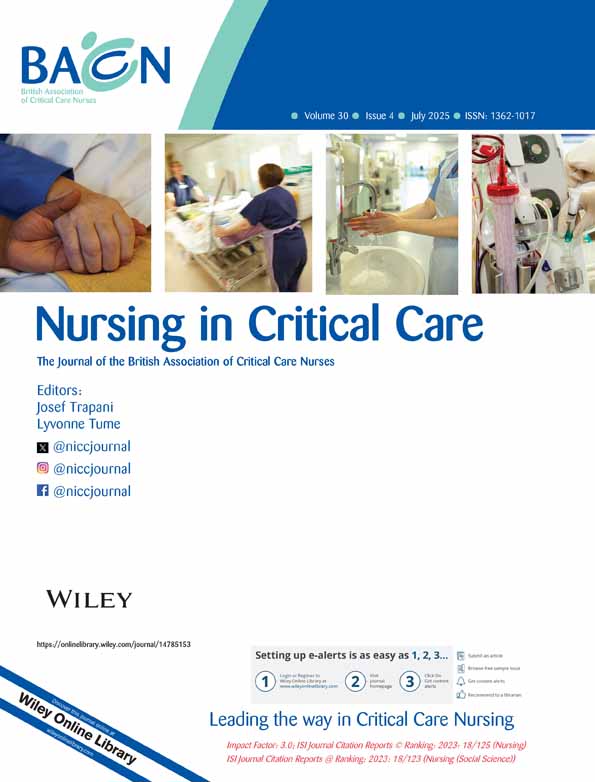A Critical Review and Evidence Mapping of Guidelines for Transport of Critically Ill Patients
Funding: The authors received no specific funding for this work.
Ya-Bin Zhang and Dan Ma contributed equally to this work.
ABSTRACT
Background
Critically ill patients are susceptible to life-threatening adverse events, including respiratory arrest and cardiac arrest. During transport, their vital signs often exhibit significant fluctuations, which potentially increase mortality risk.
Aim
This study aimed to review clinical practice guidelines on intrahospital transport for critically ill patients to generate an evidence map for analysing research trends and identifying gaps in clinical practice guidelines.
Study Design
This is a systematic review. The literature on clinical practice guidelines for intrahospital transport was systematically retrieved from PubMed, Embase, guideline databases and society websites. Basic information, recommendations for the transport of critically ill patients, methodological quality and reporting quality of clinical practice guidelines were extracted and processed in Excel. The quality of each clinical practice guideline was independently assessed by four researchers using the Appraisal of Guidelines Research and Evaluation Tool (AGREE II) instrument and the RIGHT checklist. Bubble charts were generated using the Excel software.
Results
Nine clinical practice guidelines, comprising 23 recommendations, were identified. Varying levels of quality were obtained, with the highest mean score based on clarity of presentation being 81.64 ± 12.97, whereas the lowest mean score based on editorial independence by AGREE II was 55.40 ± 8.36. Among the seven domains in the RIGHT checklist, Field 1 (basic information) had the highest reporting rate (60%), whereas Field 6 (funding, declaration and management of interest) obtained the lowest reporting rate (15%).
Conclusions
The methodological quality of clinical practice guidelines for intrahospital transport management varies significantly, with some recommendations being inconsistent. Therefore, further research is needed on the intrahospital transport management of critically ill patients to develop more evidence-based and high-quality guidelines.
Relevance to Practice
Ensuring the safety of intrahospital transport for critically ill patients is paramount.
Conflicts of Interest
The authors declare no conflicts of interest.
Open Research
Data Availability Statement
The data that support the findings of this study are available on request from the corresponding author. The data are not publicly available due to privacy or ethical restrictions.




